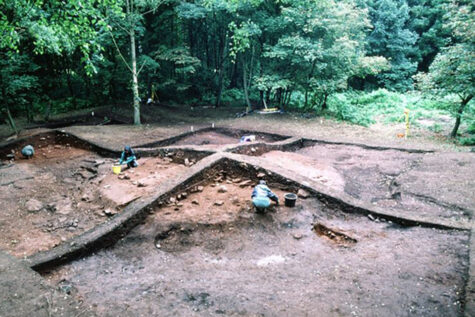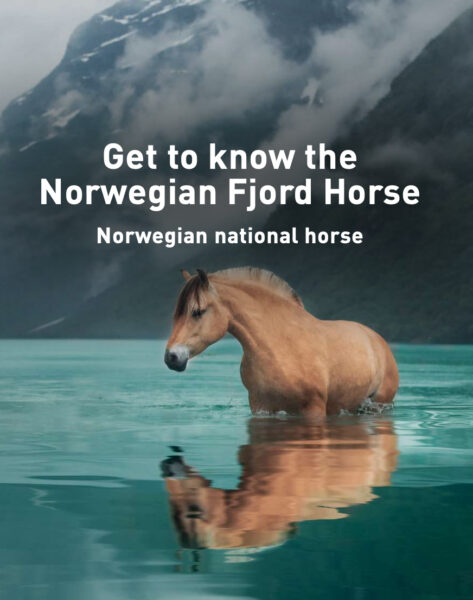Strontium analyses of cremated remains of a Viking and his hound and horse demonstrate he arrived from Norway or Sweden accompanied by his animals.
Sr analyses from only known Scandinavian cremation cemetery in Britain illuminate early Viking journey with horse and dog across the North Sea
By Tessi Löffelmann (2023) , Christophe Snoeck, Julian D. Richards, Lucie J. Johnson, Philippe Claeys, Janet Montgomery
PLOS ONE, February 1, 2023
ABSTRACT:

In AD 865 a Great army of Vikings landed in East Anglia. As opposed to earlier raids, the Vikings over-wintered along the coast of what was later to become the Dane Law. One of these winter camps was Repton in Derbyshire. Excavated in the second half of the 20th century, Repton was shown to consist of an earthwork enclosure with Scandinavian-style inhumation graves, as well as a charnel with 246 adult individuals. Sparse grave goods and a supine presentation characterised those inhumations. To the West of Repton was a field called Foremark (now a village), meaning the outfield before the wilderness, a mile further West and located at Heath Wood, where 59 burial mounds were erected. Separated into four clusters, the mounds have been dated contemporaneously with the burials at Repton. However, the type of burial differed markedly.
Already in 1855, Heath Wood was partly excavated. Later excavations were carried out in 1941-49, 1955 and 1998-2000. Finds consisted of two swords, a fragment of a (silver?) wire embroidery, flints, pottery, buckles of metal, other metal objects, and cremated bone fragments. Of these, the remains of three people and three animals – a dog, a possible pig, and a horse have recently undergone strontium isotope analysis to determine where they grew up.
 “The results demonstrate that strontium isotope ratios of one of the adults and the non-adult are compatible with a local origin, while the other adult and all three animals are not. In conjunction with the archaeological context, the strontium isotope ratios indicate that these individuals most likely originated from the area of the Baltic Shield– that is, the Scandinavian peninsula – and that they died soon after arrival in Britain.”
“The results demonstrate that strontium isotope ratios of one of the adults and the non-adult are compatible with a local origin, while the other adult and all three animals are not. In conjunction with the archaeological context, the strontium isotope ratios indicate that these individuals most likely originated from the area of the Baltic Shield– that is, the Scandinavian peninsula – and that they died soon after arrival in Britain.”
The study’s authors have concluded that the analysis constitutes the first solid scientific evidence that at least one Scandinavian crossed the North Sea with his horse and dog as early as the ninth century AD. Perhaps, he was also accompanied by a pig or a sheep. However, this animal may have arrived in a barrel intended for food. We don’t know
But was the man a raider or a settler? Dogs and horses were important status symbols in the Viking World, and the jury still seems to be deliberating.
READ ALSO:
Excavations at the Viking Barrow Cemetery at Heath Wood, Ingleby, Derbyshire.
By Richards, J.D., Beswick, P., Bond, J. et al. (4 more authors) (2004)
The Antiquaries Journal (2004)Vol 84 pp. 23-116.
